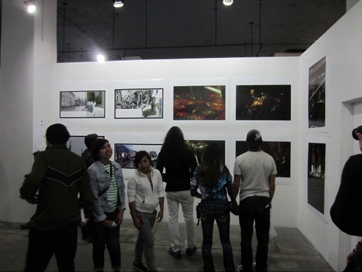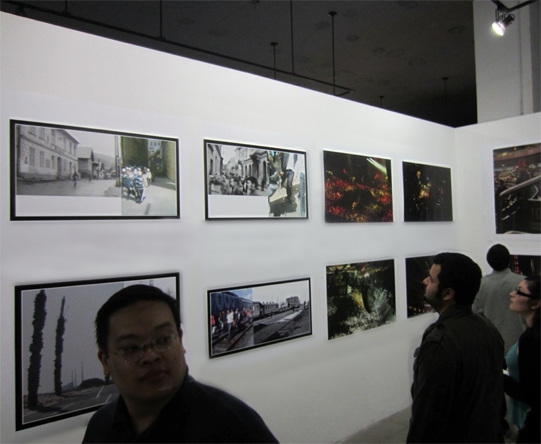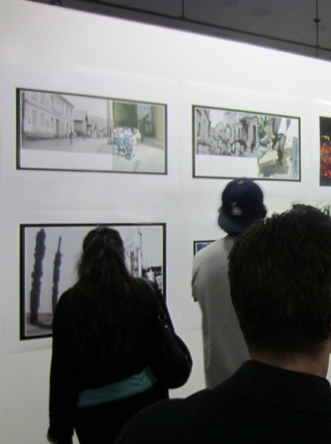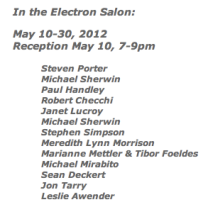
















Content copyright 2022
marianne mettler
All rigths reserved



Today, no medium more than the image gains quicker entry into the world of our intimate consciousness and feeling. What we see, in a contemporary world filled with visual stimulation, penetrates our brain unfiltered through the eyes and usually remains only a very short moment in our thoughts. If we manage to hold on to it longer, then it is a strong image. Whatever the subject, whether black and white or in color, it always comes down to the capturing of a moment, of a specific condition in reality, at a precise place at a precise time.
Exactly here is where the artist partners Marianne Mettler and Tibor Foeldes place the featured pictures, opening questions around the juxtaposition of time; time as we perceive it and time as it inevitably is.
Independent of one another in place and intention, they photographed moments, tried to halt them, trap them, as mirrors to their souls. The result is a series of works in photography and video which, positioned directly next to one another (black and white prints next to color) presents time unadorned to the eye of the observer. Thirty years lie between the black and white analog pictures of Tibor Foeldes and Marianne Mettler`s digital color shots made in 2011.
The venues are very different, yet the pictures are clearly bound together, and the result is striking. The atmosphere behind the Iron Curtain where the artist Tibor Foeldes grew up, is plainly felt. Black and white underlines the melancholy we associate with life there and then. But are not the works also in color? In those of Marianne Mettler, where color is used as stylistic devise, the images only appear colored at a glance. Her shots, faded, washed out, are witness to everyday life at a place in the Middle East; hidden not behind a wall but behind a veil. Are not these arrested moments also in fact black and white studies? If the observer shares this random impression at the beginning, he will perhaps next attempt to discover other similarities and differences between the adjacent pictures. So, is it the case that over this span of thirty years, that of a whole generation, the ideas of past, present and future are depicted in the ways the artists intend? Each was on their own search to grasp the instant. And the pictures do not deceive; for, amazingly, nothing has finally changed. Nothing at all. Standstill. It is still a village square, children are still at play, people still enter and leave a courtyard, whilst industry and railways leave their marks on the landscape. Nothing at all has changed!
Markus Lumpert
Standstill
or, an optical illusion with the preception of time





